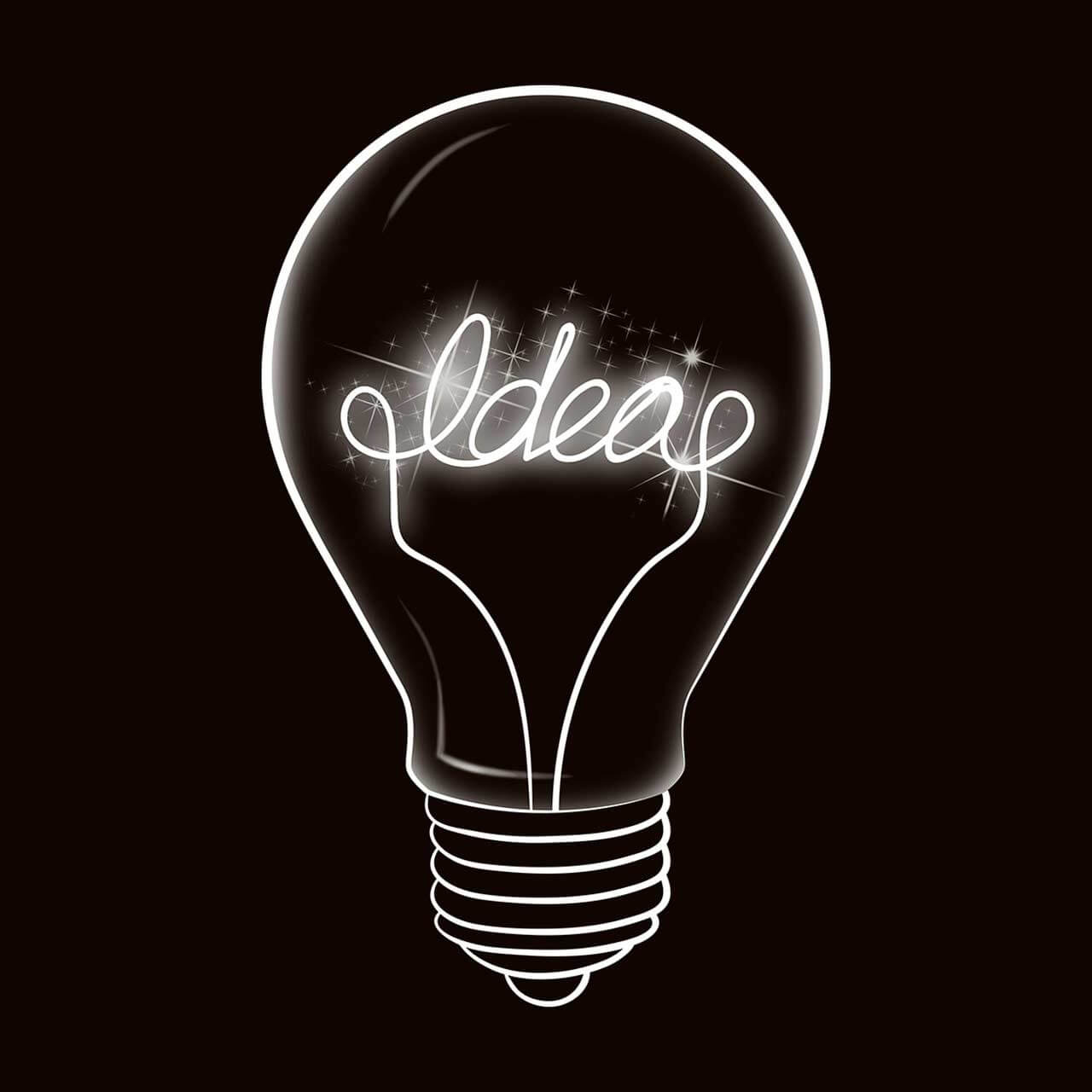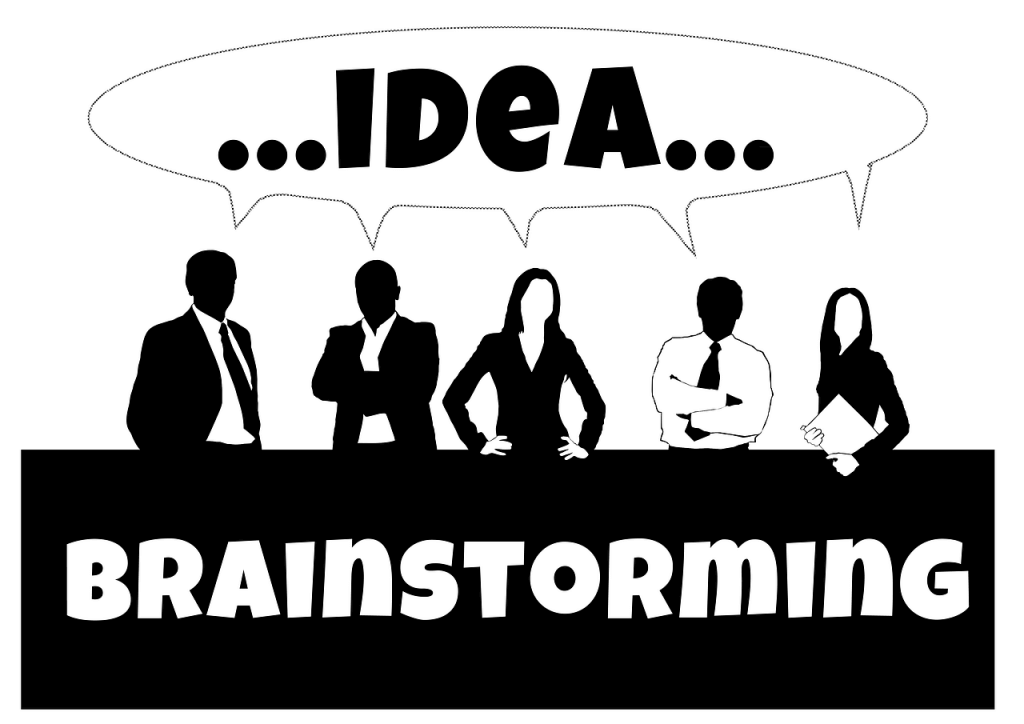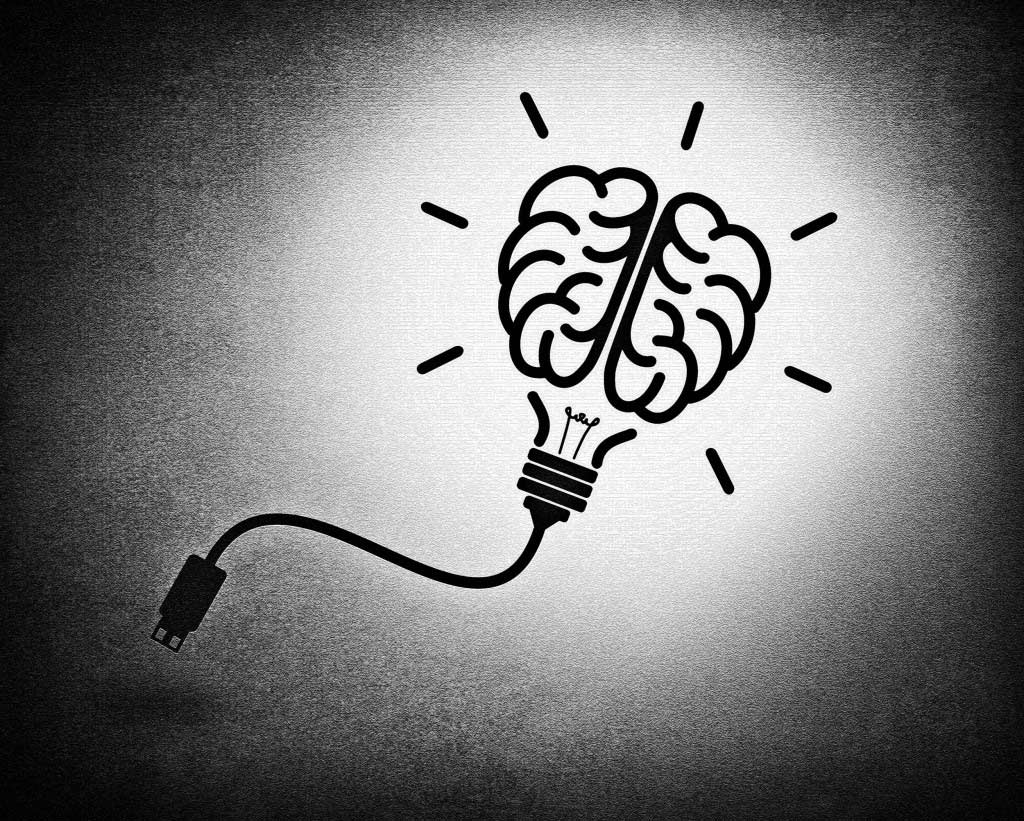
Best Creativity Tools –
Creativity is the mother of all new ideas and innovation. It is that bright spark that leads to the development of revolutionary techniques and path-breaking inventions. Breakthroughs in science and technology owe their origins to the creative genius of some people. Just think what would have happened had not Microsoft founder Bill Gates create the popular Windows software? Or what we would have done without the invention of the smartphone or Bluetooth devices? Obviously, these devices have originated from the creative genius of some people.
However, creativity tools are not the sole ownership of a chosen few people. Many of us have creative ideas that get buried under the push and pull of routine work. Our creative urges slowly die out from not being used. As a famous quote goes, “…We don’t grow into creativity tools, we grow out of it. Or rather, we get educated out of it.”
The reasons for the death of creativity tools are many:
In general:
- Formal educational systems that focus on rote learning and straitjacketed syllabus
- Societal pressure to conform to rules and set expectations
- The pressure to earn a living rather than experiment creatively
At the workplace:
- Dull, routine work, with no scope for trying anything new
- Pressure to meet deadlines and targets
- A desire to conform to standards and set procedures
- An unsupportive work environment that includes non-cooperative coworkers and excessive adherence to the rulebook
- Opposition to original thinking from organizational superiors
- Lack of appreciation or incentive for original ideas
Organizations are, in general, focused on running as systems on certain fixed procedures and methods and do not encourage individual creativity tools or radical thinking. The focus is on earning profits and delivering service or products, so activities like innovating and creating are usually put on the back burner. Only the Research and Development Department does some original thinking.
In the present times, however, faced with looming market pressures and economic uncertainties, a number of organizations are forced to adopt a change in their operating processes and structures. Innovation and change have become the mantra for survival in the tough economy. Even organizations hitherto resistant to change, like public sector organizations in India (banks, insurance companies, engineering companies), have had to yield to market demands and introduce newness and originality in their processes.
therefore, the need of the hour encourages creativity tools and innovation and generates new ideas that will change the future. “Thinking out of the box” has become a necessity these days, a strategy for survival in these tough times.
Now, the question is, if you have become used to following orders and follow set patterns of thinking, how will you think creatively? And more importantly, how will you generate ideas? And does your workplace provide a conducive atmosphere for inspiring big ideas?
Some methods to inspire creativity tools are listed below:
- Breaking the creativity blocks: Often, you may seem to hit a wall while trying to come up with ideas. Please remember that creativity cannot be forced. An environment has to be created to let creativity tips bloom.
You can resort to the following to get the creative juices flowing:
- Prepare the ground, ask questions, and soak in inputs: Your mind is like a sponge. You must keep the ground fertile and moist by being curious, asking questions, and experimenting and exploring.
- Feed your brain by reading good books, listening to music, watching the theatre. By exposing yourself to sublime artistic experiences, you open up your mind to creative thinking. The mind can make connections and draw insights from regular nourishment in the form of artistic inputs.
- Keep a notebook of ideas and insights: Inspiration can strike you at the most unprepared moments. Write down random thoughts and insights as and when they occur to you. These will become the raw material on which to build further ideas.
- Allow yourself to make mistakes: “Creativity is allowing yourself to make mistakes.”Unless you learn to experiment and subsequently try and fail, you will never learn to think creatively. Creativity follows a trial and error method. You must be prepared to face obstacles and failure.
- Get some physical exercise: A brisk run or a round of tennis or swimming is a great way to boost creativity. The endorphins released through exercise generate a feel-good sensation in the body and help the brain in idea generation. So get yourself off the couch and do a bit of running.
- Do some quiet contemplation in the lap of nature: Nature is our best teacher. She inspires us to think in new ways. Take a walk and find yourself some quiet place to do some reflection surrounded by greenery. Your imagination will be fueled, and you will find your creativity renewed. Ideas come more easily when we are in a relaxed and soothing environment.
- Take a short nap: Your subconscious mind throws up great associations and images in the semi-waking state. Indulge in a session of shut-eye sitting on your desk, and the time your nap to not more than fifteen minutes. As you drift between sleep and waking up, your subconscious mind is active, and ideas come up naturally.
How to get started: “Creativity is a habit, and the best creativity is the result of good work habits.”
- Search for Inspiration: Walk around your workplace, talk to people involved in the situation, or handle the problem to identify needs and solutions specific to the problem. This will challenge your assumptions, give you a clear picture, and put you on the right track.
- Write down stray bits of information and insights from a particular problem. Later you can organize and categorize these to form a rough idea.“Problems are hidden opportunities, and constraints can actually boost creativity.”
- Brainstorm, explore the limits of the situation, ask trick questions, play devil’s advocate, and generate new ideas
- .Assess and evaluate these ideas through checklists and idea dissection. You need to analyze and test your ideas for feasibility. Get opinions and suggestions from some of your supportive coworkers so that your ideas can be made ready for implementation.
10 Creativity Tools
Some methods of idea generation are listed below:
-
#1. Attribute Listing
Here you break down a problem into smaller bits and see what you discover. The first step is to list attributes, as many as you can, of a particular object, for example, a toothbrush. The second step is to consider both positive and negative values of each attribute of the object, for example, angles, bristles, the shape of the toothbrush. Finally, you seek to modify the attributes in some way, like changing the negative attributes. This creativity tools technique is helpful in the design of new models.
-
#2. Assumption Challenging
This creativity tips & technique attempts to create new perspectives in looking at things. It follows a three-step process: Take a critical component of your problem, write down the assumptions around it, and challenge these by saying, “What if……was not there”, then answer this question from a fresh perspective.
-
#3. Biomimicry
Biomimicry is a creativity tools technique where you copy nature’s ideas and designs to solve human problems. Here nature is treated as a solution provider. This creativity tips & technique can be used in solving engineering problems, the logic being that biological organisms and their organs have evolved over the years and are therefore dependable.
-
#4. Classical Brainstorming
This is a group creativity tools technique. You and some four other coworkers sit down and ideate on an issue. Write down the problem on a flipchart or board and make sure everyone understands the problem. Ask each member to put forth their ideas; the more, the better. A facilitator writes down the ideas. There is no censure or evaluation of ideas, just generation. After the ideas have been written down, seek a consensus on what ideas can be considered further.
-
#5. Osborn Checklist
It is used to develop new solutions from existing ideas. You have to apply the following questions to the solution:
- Adopt?
- Modify?
- Substitute?
- Magnify/ Minimize?
- Rearrange?
- Combine?
- Any other use?
-
#6. Personal Analogy
This creativity tools technique involves personifying animate or inanimate objects or identifying with concepts or objects. You take a concept and personify it, giving it human emotions and feelings. Then you communicate the personification and emotions, and relationships through role-playing or pictures. The next step is to make connections between the analog and the subject. And finally, write down insights gained.
-
#7. Wishing
Wishing is a method of generating radical ideas, of thinking outside the box. You expand your thinking beyond the logical and the feasible. You can be your creative best in wishing for things. The first step is to offer ideas as “I Wish”, and then offer ideas as “Wouldn’t it be nice if”.
After you have collected ideas, now is the time to analyze and converge these. Following are some creativity tips:
-
#8. Enhancement Checklist
This checklist is meant to analyze the idea and get it ready for implementation. The steps involve shaping, tailoring, modifying, strengthening, analyzing possible defects, comparing with the current situation, and finally getting the prototype ready.
-
#9. Negative Selection
This is a creativity tools technique of sorting ideas. You review the problem to see what you are trying to achieve. Then you sort ideas into “No” and “Maybe” categories. You consider all aspects of implementing the idea, like the cost, logistics, etc. The purpose is to shortlist the best idea that has greater chances of acceptability.
-
#10. Six Thinking Hats
It is a creativity tools technique you can use when you need different types of thinking. It can be used for exploring ideas to decide which one to take forward. Six imaginary hats coloured black, white, green, red, yellow and blue, denote several characteristics. The group doing this exercise is first explained the meaning of each colour. Then they proceed to analyze ideas by mentioning the hat with which they are analyzing. So factors like cost, control, benefits, obstacles, logic, feasibility etc., are considered in the evaluation.
Your organization also has a role to play in encouraging creativity tips. Organizations should take some steps to foster innovation and creativity tips:
- Minimize control and supervision, and the tendency to micromanage
- Provide verbal encouragement and motivation for original thinkers
- Create supportive environments and opportunities for creativity to flower
- Implement ideas and suggestions given by employees on a regular basis
- Reward creative endeavor and appreciate original thinkers
Creativity tips involve looking at the same problem with a fresh perspective, using the imagination to think of original methods to tackle old problems, and innovating and adding value to existing products and services. Organizations stand to gain from encouraging employees to think creatively and train people to be creative. Also, creativity tips are like a habit, and just like success begets success, creativity begets creativity.
Finally, however, your next big idea is the result of your own creative thinking. You need to challenge yourself to think in new and different ways. You can use any of the creativity tools listed in this article to channelize your creative thinking. You need to unleash the power of your own resourcefulness and innovation. Think, absorb, internalize, analyze and come up with ideas and solutions.
The easiest thing to do in life is to follow the rules and trod the beaten path. Are you sure you don’t want a different path for yourself? Do you want to get stuck in a groove and regret it years later? Do you want to think back in regret and rue the lost years of your life spent in following the same old processes and patterns?
It takes a bit of mental shaking up and cleaning up of cobwebs in your mind. But creative thinking has its rewards, and personal satisfaction is one of them. At the end of the day, you want to sit back and think of how you helped solve a critical problem, how you managed to spruce up a process, or how you managed to innovate on an existing product. Trust me; it is a great feeling to have creative satisfaction as the reward of your endeavors.
Go ahead, put your thinking cap on! Let the creativity tips flow!
Recommended Articles
This has been a guide to learn about the methods of idea generation, which are also the creativity tools you can look up to get yourself inspired. These are the following external link related to creativity tools.




